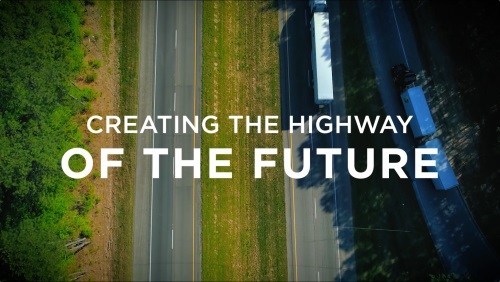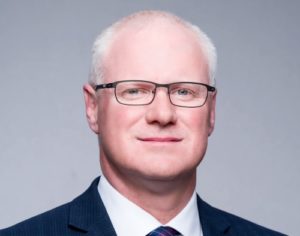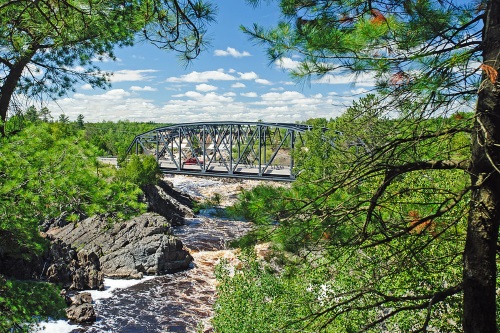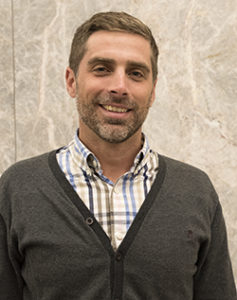Tell us what you think of the new ETAP Newsletter by taking this short survey!
NEPA
NEPA revisions continue with senators’ support – Alaska Journal of Commerce
Federal Court Decision Underscores Need for NEPA Reform – Competitive Enterprise Institute
Participate in the federal Snake River dams public process this week — the stakes are high – Columbia Basin Journal
DOI Is Using Coronavirus as a Smoke Screen – Outside Magazine (Opinion)
PLANNING & ENVIRONMENTAL LINKAGES
Climate Action Planning in a Federal Leadership Vacuum – Resilience.org
Debunking The Myth Of Green Unaffordability – Forbes
How Politics Thwarts Alternative Ways of Getting Around – Governing (Opinion)
What is COMPASS? Inside southwest Idaho’s regional planner – Idaho Press
WATER QUALITY/WETLANDS
US Clean Water Rule Repeal Set to Take Effect – Coastal Review Online (NC)
Senior design team working to expand suburban wetland area – Temple University
Desert park will double as effluent recharge facility – Tuscon.com
State Geologist discusses how contaminants move in groundwater – SWNew4U.com
Affordable, safe drinking water for all Michiganders essential to slow spread of COVID-19: U-M experts – University of Michigan
HISTORIC PRESERVATION/CULTURAL RESOURCES
Historic Preservation Comes To Atlanta Neighborhood – Builder
Toll of damaged historic buildings in Utah earthquake rises to 126. Here’s a map. – Salt Lake Tribune
Owner of historic Zapata ranch refusing to sign right of entry request for border wall survey – Laredo Morning Times
Riverline Project Advancing to Design Stage – Buffalo Rising
WILDLIFE & ECOSYSTEMS
Federal judge rules permits for Dakota Access Pipeline violated law (link to decision)- JURIST
Let’s not give up yet on sustainability, self-reliance, diversity – Greenfield Recorder (opinion)
TRANSPORTATION REAUTHORIZATION
Ex-USDoT bosses urge Congress to reauthorise Fast – ITS International
Guest opinion: We need transportation solutions that move us forward – Idaho Press
ENVIRONMENTAL JUSTICE
Climate justice in frontline communities: here’s how to (really) help – The Hill (Opinion)
New York City’s First Senior Advisor for Environmental Justice Wants to Empower Communities – Next City
Whitmer orders that homes’ water service be restored amid COVID-19 pandemic – The Detroit News
An effort to bring ‘environmental justice for all’ goes virtual – Grist
INDIRECT EFFECTS/CUMULATIVE IMPACTS
Fire Fallout: How Ash and Debris Are Choking Australia’s Rivers – Yale Environment 360
E.P.A., Citing Coronavirus, Drastically Relaxes Rules for Polluters – The New York Times
Decreasing air pollution increases agricultural yields – Anthropocene/
INVASIVE SPECIES/VEGETATION MANAGEMENT
Statewide Invasive Species Rule to Take Effect April 18th – The Times (Noblesville, IN)
Lake Tahoe invasive species inspections halted, effectively closing boat launches – Reno Gazette Journal
AIR QUALITY
Social distancing will impact air quality in Philly, experts say – WPVI
Bay Area air quality sees dramatic improvement in only 24 hours – Curbed.com
Ports and dockworkers seek delay on ship pollution cuts, citing coronavirus – Los Angeles Times
Southwestern Pennsylvania Commission’s traffic signal program improves traffic, air quality – Pittsburgh Post-Gazette
How Traffic and Air Quality Are Changing Amid Self-Isolation – KNBC-TV
Coronavirus could be ‘bad news’ for air pollution in long-term, scientist warns – AirQualityNews.com
NOISE
Noise pollution in Arizona – Arizona Public Media
Changes in Flight Paths at Burbank Airport are Causing Distress in Surrounding Communities – KCET
Living Near Train Tracks – The New York Times
The Fight to Curb a Health Scourge in India: Noise Pollution – Undark
INFRASTRUCTURE RESILIENCE
Coronavirus Tanking Economic Growth, Creating Infrastructure Finance Risks – AASHTO
Food and agriculture are critical infrastructure – Daily News
Trees as infrastructure – EIT Climate-KIC
Incorporating the Costs and Benefits of Adaptation Measures in Preparation for Extreme Weather Events and Climate Change—Guidebook – Transportation Research Board; National Cooperative Highway Research
New Orleans, Memphis Win Flood Mitigation Funding Challenge – The Waterways Weekly Journal
HEALTH AND HUMAN ENVIRONMENT/ACTIVE TRANSPORTATION
Micromobility Becomes Reliable Option For Last Mile Connectivity In World – Urban Transport News
Scooter companies find dockless riding and pandemics don’t mix – Crain’s Chicago Business
In a Global Health Emergency, the Bicycle Shines – City Lab
California Transportation Commission Calls for Applications for Transportation Funding – Streeetsblog CA
Traffic patterns are going to drastically be very different, says Micromobility expert– Cities of the Future
Minneapolis opens roads to pedestrians to practice social distancing – KMSP
Innovative Mobility Carsharing Outlook – Winter 2020 – UC Berkeley Transportation Sustainability Research Center
GEOGRAPHIC INFORMATION SERVICES
Lime Launches Geofencing Safety Information Technology – Intelligent Transport
GIS plays critical role in states’ response to coronavirus pandemic – StateScoop
SUSTAINABILITY
House stimulus includes controversial effort to stem airline pollution – The Hill (Opinion)
A ‘Green Stimulus’ Could Battle Three Crises: Coronavirus, Economic Injustice and Climate Emergency – EcoWatch (Opinion)
Execs: Consumers pushing companies toward sustainability – Cornell Chronicle
Reaching ‘beyond the possible’ in Hawaii to meet sustainability goals – UN News
ENERGY/GREENHOUSE GAS EMISSIONS
University study debunks EV emissions ‘myth’ – ITS International
Trump administration close to finalizing fuel efficiency rules rewrite -sources – Reuters
Alaska Legislature passes Energy Efficiency and Air Quality Tax Credit Act – KTVF
This glass could turn skyscrapers into power generators – CNN
WASTE MANAGEMENT/RECYCLING
Nuclear waste disposal: Why the case for deep boreholes is … full of holes – Bulletin of the Atomic Scientists
Cities Wonder Whether Recycling Counts as Essential During the Virus – Bloomberg
Transportation secretary says DOH has noticed litter increase during pandemic – MetroNews (WV)






